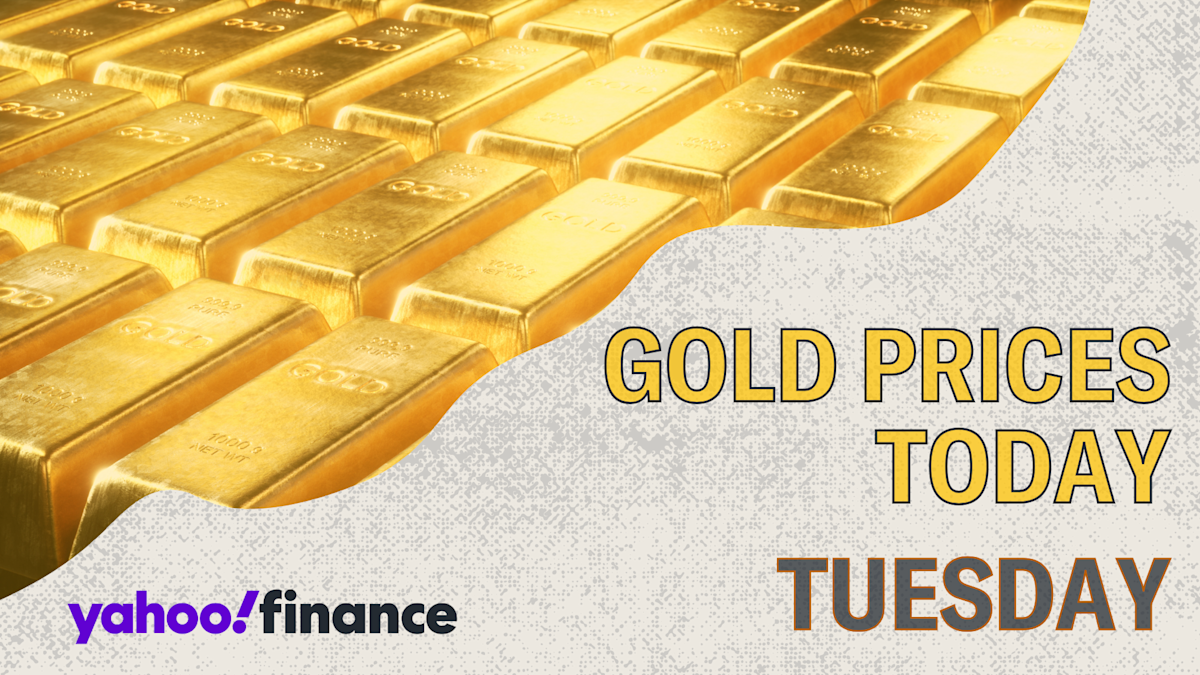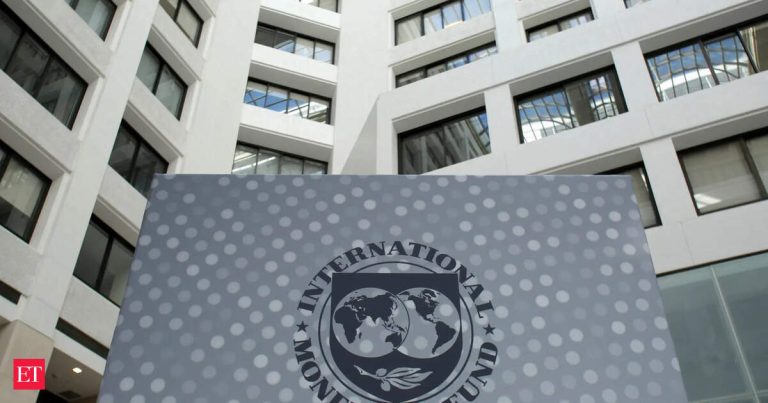The price of gold futures () opened at $3,346.30 per ounce on Tuesday, up 0.4% from Monday’s close of $3,332.10. The gold price briefly dipped below $3,300 on Monday as investors awaited May inflation data and updates on trade negotiations with China.
The Bureau of Labor Statistics will release May’s Consumer Price Index (CPI) report on Wednesday. According to Estimize, an open financial estimates platform, analysts believe the CPI rose 0.2% in May, which equates to an annual inflation rate of 2.5% vs. 2.3% in April.
U.S.-China trade talks began Monday amid growing concern among automakers and robotics companies over China’s export limits on rare-earth minerals, essential for combustion and electric vehicle production. Worse-than-expected inflation data or stalled trade talks could push the price of gold higher.
The opening price of gold futures on Tuesday is up 0.4% from Monday’s close of $3,332.10 per ounce. Tuesday’s opening price marks a decline of 1.1% over the past week, compared to the opening price of $3,385.10 on June 3. In the past month, the gold futures price has risen 1.4% compared to the opening price of $3,299 on May 9. In the past year, gold is up 46% from the opening price of $2,290.60 on June 10, 2024.
24/7 gold price tracking: Don’t forget 24 hours a day, seven days a week.
Want to learn more about ? Explore a list of the top-performing companies in the gold industry using the Yahoo Finance Screener. You can create your own screeners with over 150 different screening criteria.
Investing in gold is a four-step process:
-
Set your goal.
-
Set an allocation.
-
Choose a form.
-
Consider your investment timeline.
Today, we’re delving deeper into step 2, setting the appropriate gold allocation. After determining your investment goals for buying gold in the first place, next comes understanding how much to buy.
Allocation is the composition of your portfolio across different types of assets, such as stocks, bonds, and gold. Setting a target allocation for each asset type helps you control risk over the long term because asset values change over time.
Stocks appreciate, for example. Unless you periodically rebalance your holdings to restore the target allocation, the appreciation can leave you over-concentrated in equities.
Scott Travers, author of ‘The Coin Collector’s Survival Manual” and editor of COINage magazine recommends holding 5% to 15% of your net worth in gold. Other experts advise going as high as 20% if you are risk-tolerant. A review of gold’s historic behavior in light of your risk appetite should help you identify the right allocation percentage.
Remember, too, that your target allocation includes the value of the gold you already own. Travers recommends checking your jewelry box before buying more gold. Given gold’s sharp rise in value over the past 12 months and more, your gold jewelry may be worth more than you think.
Travers warns against selling your jewelry to buy gold coins because you will pay dealer fees on both transactions.
Whether you’re tracking the price of gold since last month or last year, the price-of-gold chart below shows the precious metal’s steady upward climb in value.
Historically, gold has shown extended up cycles and down cycles. The precious metal was in a growth phase from 2009 to 2011. It then trended down, failing to set a new high for nine years.
In those lackluster years for gold, your position will negatively impact your overall investment returns. If that feels problematic, a lower allocation percentage is more appropriate. On the other hand, you may be willing to accept gold’s underperforming years so you can benefit more in the good years. In this case, you can target a higher percentage.
The precious metal has been in the news lately, and many analysts are bullish on gold. In May, Goldman Sachs Research predicted gold would reach $3,700 a troy ounce by year-end 2025. That would equate to a 40% increase for the year, based on gold’s January 2 opening price of $2,633. Rising demand from central banks, along with uncertainty related to changing U.S. tariff policy, are the factors driving the increase.
If you are interested in learning more about gold’s historical value, since 2000.







